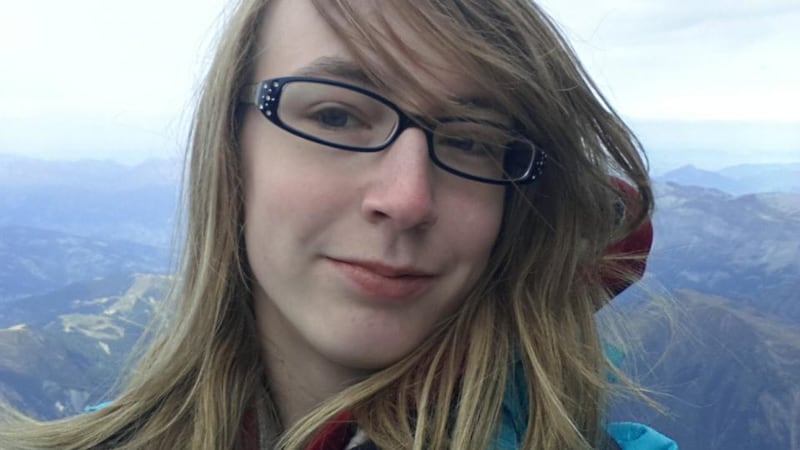Jana Decker
Understanding the mysteries of the universe is one of the last great adventures of our time, and no place is better to see adventurers
– also called scientists – at work than the European Organisation for Nuclear Research – also known as Cern. One of the largest and most respected centres for the exploration of physics, Cern operates – among other things – the Large Hadron Collider (LHC), which was built to search for the Higgs-Boson, also called the "God Particle".

In September, with some fellow classmates in fourth year and fifth years from Coláiste Einde, Galway, I had an opportunity to visit this place of mystery and adventure. We got huge insight into the mysteries of antimatter from Dr Rolf Landua, who is the head of the education group at Cern. Did you know that antimatter has the same mass as particles of ordinary matter but has opposite charge and properties?
The next day we learned about the different experiments and equipment that Cern operates – of course the different particle accelerators, such as the Large Hadron Collider searching for the Higgs-Boson, but also the Proton Synchrotron, which was Cern’s first accelerator. We also learned about the Compact Muon Solenoid (CMS), which is a general-purpose detector at the LHC and which we visited 100m below the surface. Two experiments at Cern have very memorable names – there is Atlas, which is investigating what happens when accelerated protons collide, and Alice, which is a heavy-ion detector and is designed to study gluon plasma, a state of matter that would have existed in the first moments of the universe.
I was mesmerised by the “Universe of particles” exhibition which was in the Globe of Science and Innovation. And did you know that the World Wide Web was also invented at Cern? This trip really benefitted our understanding of particle physics and nuclear physics and I hope more Irish students have the opportunity to go there.
James Flaus
Just as children break apart their toys to find out how they work, scientists work to reverse-engineer our universe. The world renowned Cern laboratory is a prime example, a scientist’s playground chock
-a- block with the fundamentals of physics and technology. A group of 40 students from Coláiste Einde, my school, and Coláiste Na Coiribe in Galway were lucky enough to experience it first hand on a recent school trip to Geneva, Switzerland.
At Cern, we built on what we had previously learned in the classroom by taking in the excellent hands-on exhibitions. This left us with a solid grounding in the fundamentals of particle physics – a grounding we used when we visited a jaw-dropping multimedia display and the now defunct synchrocyclotron, Cern's first accelerator built in 1957. Cern scientist Dr Rolf Landua spoke to us about the film Angels and Demons and its relation to Cern and anti-matter technology, which gave us a better understanding of the questions posed by Cern's physicists.
Perhaps one of the great successes of the trip was the experience of being immersed in the relaxed yet professional environment of Cern. The ceaseless efficiency was inspiring and the insight into the inner workings of the world’s premier facility was thought-provoking.
Cern’s faculty has more than 2,400 scientists and takes in visiting physicists from one 113 countries. Such diversity promotes the convergence of thought that is essential to the project’s success.
Over the course of two days, we visited AMS, a particle detector mounted on the international space station; Compass, an apparatus dedicated to understanding the contents of sub-atomic particles; and CMS, one of the detectors responsible for the discovery of the elusive Higgs Boson. These magnificent feats of human engineering left us awe-struck, and taught us the power of collaboration to produce innovation. Such complex machines require endless work to maintain and carry out experiments on. It is certain that such tireless effort is born from the undying passion for physics possessed by all at Cern, and would be impossible in any other environment.
The visit was made possible by Galway Science & Technology Forum.


















